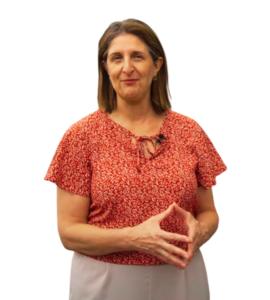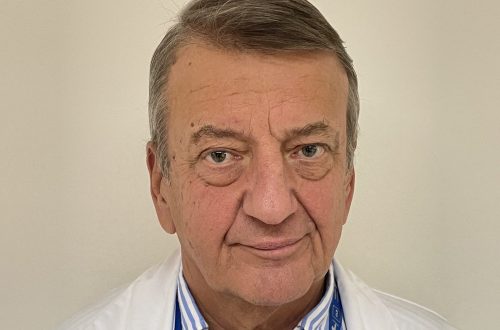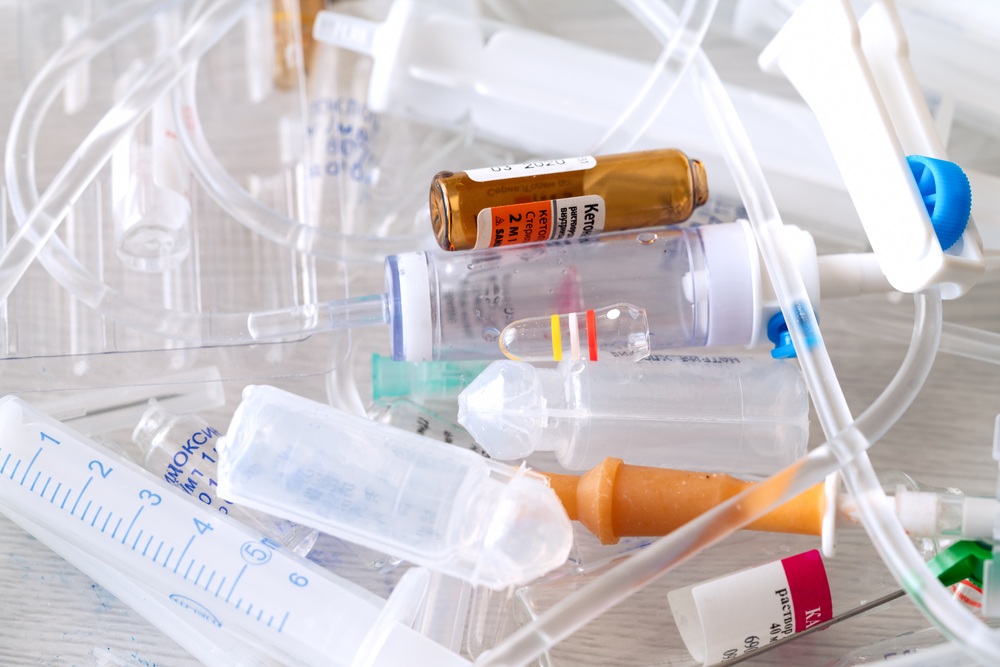Congress Newsletter 2023
The Present and Future together - Euroanaesthesia 2023
Gabriel M. Gurman, MD
Chief Editor
There is a tradition of dedicating the summer issue of our Newsletter to the biggest and most attended scientific meeting in our speciality in Europe, and we did respect it this year, too, by offering our members and readers a three-day report about the highlights of the congress programme.
Looking at the programme, I asked myself: what would be the best criterion to assess a scientific meeting’s success?
Apparently, the number of participants can reflect the level of power of attraction for the average European anaesthesiologist, convincing him/her to leave the daily practice and get together, far away from home, for three consecutive days.
True, but there is one point which cannot be missed, the tourist attraction of a congress venue. I vividly remember one of the European congresses by the end of the last century, held in a famous and very tourist point somewhere in the south of our continent, during which more than 3 000 hotel rooms have been booked far in advance for the participants, but the lectures halls have been all the time half-empty (or half-full, if you had an optimistic vue of the situation!).
Also, the number of lectures and speakers can be used as a reference to the success of a congress, but one cannot forget that, by definition, every single year, a congress of such a magnitude as our annual meeting has to enlarge the list of subjects and domains of interest since our speciality becomes every year more complex, more sophisticated, more innovative, covering more and more fields of interest.
So, what is the best criterion to evaluate the quality and the success of a congress? I think that it is the feeling of frustration among participants due to the simple fact that one cannot attend all of the panels and lectures which interests you since you cannot be in two lecture halls at the same time!
These were exactly my thoughts when I looked into the programme some weeks before this 2023 congress.
Let me give you some examples of what I call “embarrassment of choice”.
How could one decide what to attend: the panel on the subject of whom we have to operate on and whom we do not (with lectures presented by a surgeon, an intensivist and a patient) when, at the same time, in a parallel lecture hall the topic of the presentations was carbon footprint in anaesthesia, with discussions regarding energy consumption in the OR and eco-design healthcare? A similar example was offered by the concomitant discussions on anaesthesia in war (needless to explain why the scientific committee decided to include this topic in the program, and congratulations for the excellent lecture presented by Dr G. Micha from Greece on maternal death in low-resource countries) and, on the other place, but exactly at the same hour, the presentation topic of the was anaesthesia influence on transplant outcome, both subjects of an extreme actuality.
True, my memory is not as good as it used to be, but I must confess that I do not remember a previous European anaesthesia meeting which dealt, for instance, with chronic postoperative pain or with the question if women and men are to be treated differently in the perioperative period (please, correct me, if I am wrong!).
Euroanaesthesia 2023 did it.
Finally, the lecture of Professor Sir Gregor Smith on Realistic medicine (a very interesting and maybe confusing subject) took place at the same time as Prof. Jean-Louis Vincent’s presentation on ventilator management of acute hypoxic respiratory failure in ICU, a key subject for every single practitioner in our speciality.
One can imagine that it would be difficult to mention in this editorial even a small percentage of lectures (and speakers) which could represent special points of attraction for the average participant, but I imagine that some of them have been attended by a large audience.
I would like to emphasise the special place the subject of training and trainees occupied in the program. Some of the lectures and panels have addressed the problems related to various stages of residency in anaesthesia and critical care: monitors and the trainee, simulation place in the training program, the burnout danger which can affect the overworked resident, or wellbeing as a measure of professional satisfaction. A special panel was dedicated to what we call “teaching the teacher”, a program traditionally sponsored by ESAIC, as a continuation of the International School for Instructors in Anaesthesiology (ISIA) which was active during the years 2007-2012. The topic of leadership (largely discussed during the congress) could be considered as of remote interest to the young physician, but one cannot forget that today’s resident is the future chief of a department or unit, so it is suitable and logical to prepare him/her far in advance, rather than waiting for the first mistakes and then correct them.
The idea of discussing the way of including the results of research in daily practice was very stimulating. This subject touched on various fields of interest, such as pain and patient safety, as well as special sessions during which the speakers presented their ideas and advice on how the research will transform our clinical practice and how its results should be translated into daily activity.
Finally, I should add some of the topics which, in my opinion, are very attractive. All of them found a place in the scientific program: perioperative maternal care, the place of informed consent in our practice, as well as the topic of end of life, an important subject for those of us daily involved in critical care.
Back to the title of this editorial, the present and the future together: it was not selected by chance. This was my final conclusion after carefully studying the congress programme. If I was asked what could be the Euroanaesthesia 2023 motto, I would have advised referring to the combination of the current state of the art in our speciality and a serious and deep look into how we will practice it in the future years. By the way, the panel on the future of anaesthesia, led by Prof. O. Sabelnikovs and organised in cooperation with EBA and UEMS, represented a wonderful example of what one can expect in the future years in regard to the direct impact of artificial intelligence on our speciality.
But one thing was missing, namely the third facet: history.
Years ago, our Newsletter hosted a series of 12 papers signed by the late Prof. George Litarczek, the founder of modern Romanian anaesthesiology, which covered the main development stages of our speciality from its very beginning till nowadays. But, as everybody knows, everything changes, and today’s practice becomes, sooner or later, too often a piece of history. History must be remembered since, according to an old saying, those who do not remember their past are in danger of not having a future.
Euroanaesthesia 2023 will soon be a part of our past, taking place in the preparations for the 2024 event. So, you see, there is a past, a present, but also a future.
See you next year in Munich for Euroanaesthesia 2024!










